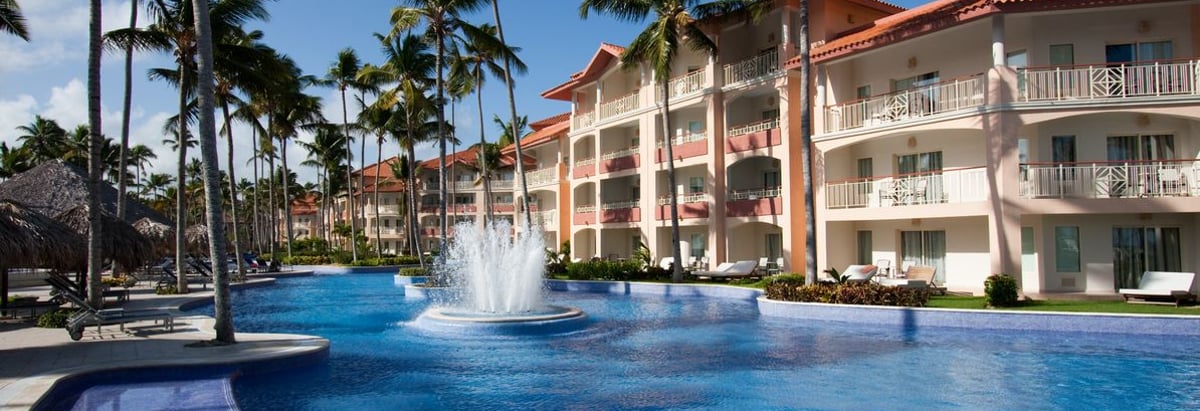Stock Analysis
- Hong Kong
- /
- Hotel and Resort REITs
- /
- SEHK:1881
How Regal Real Estate Investment Trust (HKG:1881) Delivered A Better ROE Than Its Industry

With an ROE of 14.09%, Regal Real Estate Investment Trust (SEHK:1881) outpaced its own industry which delivered a less exciting 9.37% over the past year. Though, the impressiveness of 1881’s ROE is contingent on whether this industry-beating level can be sustained. This can be measured by looking at the company’s financial leverage. With more debt, 1881 can invest even more and earn more money, thus pushing up its returns. However, ROE only measures returns against equity, not debt. This can be distorted, so let’s take a look at it further. Check out our latest analysis for Regal Real Estate Investment Trust
Breaking down ROE — the mother of all ratios
Return on Equity (ROE) weighs Regal Real Estate Investment Trust’s profit against the level of its shareholders’ equity. For example, if the company invests HK$1 in the form of equity, it will generate HK$0.14 in earnings from this. Investors seeking to maximise their return in the Hotel and Resort REITs industry may want to choose the highest returning stock. However, this can be misleading as each firm has different costs of equity and debt levels i.e. the more debt Regal Real Estate Investment Trust has, the higher ROE is pumped up in the short term, at the expense of long term interest payment burden.
Return on Equity = Net Profit ÷ Shareholders Equity
ROE is measured against cost of equity in order to determine the efficiency of Regal Real Estate Investment Trust’s equity capital deployed. Its cost of equity is 9.37%. Since Regal Real Estate Investment Trust’s return covers its cost in excess of 4.71%, its use of equity capital is efficient and likely to be sustainable. Simply put, Regal Real Estate Investment Trust pays less for its capital than what it generates in return. ROE can be dissected into three distinct ratios: net profit margin, asset turnover, and financial leverage. This is called the Dupont Formula:
Dupont Formula
ROE = profit margin × asset turnover × financial leverage
ROE = (annual net profit ÷ sales) × (sales ÷ assets) × (assets ÷ shareholders’ equity)
ROE = annual net profit ÷ shareholders’ equity
The first component is profit margin, which measures how much of sales is retained after the company pays for all its expenses. Asset turnover shows how much revenue Regal Real Estate Investment Trust can generate with its current asset base. And finally, financial leverage is simply how much of assets are funded by equity, which exhibits how sustainable the company’s capital structure is. We can determine if Regal Real Estate Investment Trust’s ROE is inflated by borrowing high levels of debt. Generally, a balanced capital structure means its returns will be sustainable over the long run. We can examine this by looking at Regal Real Estate Investment Trust’s debt-to-equity ratio. The most recent ratio is 56.69%, which is sensible and indicates Regal Real Estate Investment Trust has not taken on too much leverage. Thus, we can conclude its above-average ROE is generated from its capacity to increase profit without a large debt burden.
Next Steps:
ROE is one of many ratios which meaningfully dissects financial statements, which illustrates the quality of a company. Regal Real Estate Investment Trust’s ROE is impressive relative to the industry average and also covers its cost of equity. ROE is not likely to be inflated by excessive debt funding, giving shareholders more conviction in the sustainability of high returns. ROE is a helpful signal, but it is definitely not sufficient on its own to make an investment decision.
For Regal Real Estate Investment Trust, I've put together three relevant aspects you should look at:
1. Financial Health: Does it have a healthy balance sheet? Take a look at our free balance sheet analysis with six simple checks on key factors like leverage and risk.
2. Valuation: What is Regal Real Estate Investment Trust worth today? Is the stock undervalued, even when its growth outlook is factored into its intrinsic value? The intrinsic value infographic in our free research report helps visualize whether Regal Real Estate Investment Trust is currently mispriced by the market.
3. Other High-Growth Alternatives : Are there other high-growth stocks you could be holding instead of Regal Real Estate Investment Trust? Explore our interactive list of stocks with large growth potential to get an idea of what else is out there you may be missing!
Valuation is complex, but we're helping make it simple.
Find out whether Regal Real Estate Investment Trust is potentially over or undervalued by checking out our comprehensive analysis, which includes fair value estimates, risks and warnings, dividends, insider transactions and financial health.
View the Free AnalysisHave feedback on this article? Concerned about the content? Get in touch with us directly. Alternatively, email editorial-team@simplywallst.com
Simply Wall St analyst Simply Wall St and Simply Wall St have no position in any of the companies mentioned. This article is general in nature. We provide commentary based on historical data and analyst forecasts only using an unbiased methodology and our articles are not intended to be financial advice. It does not constitute a recommendation to buy or sell any stock and does not take account of your objectives, or your financial situation. We aim to bring you long-term focused analysis driven by fundamental data. Note that our analysis may not factor in the latest price-sensitive company announcements or qualitative material.
About SEHK:1881
Regal Real Estate Investment Trust
Regal REIT is a Hong Kong collective investment scheme authorised under section 104 of the Securities and Futures Ordinance (Chapter 571 of the Laws of Hong Kong) and its Units were listed on The Stock Exchange of Hong Kong Limited on 30th March, 2007.
Fair value with concerning outlook.

